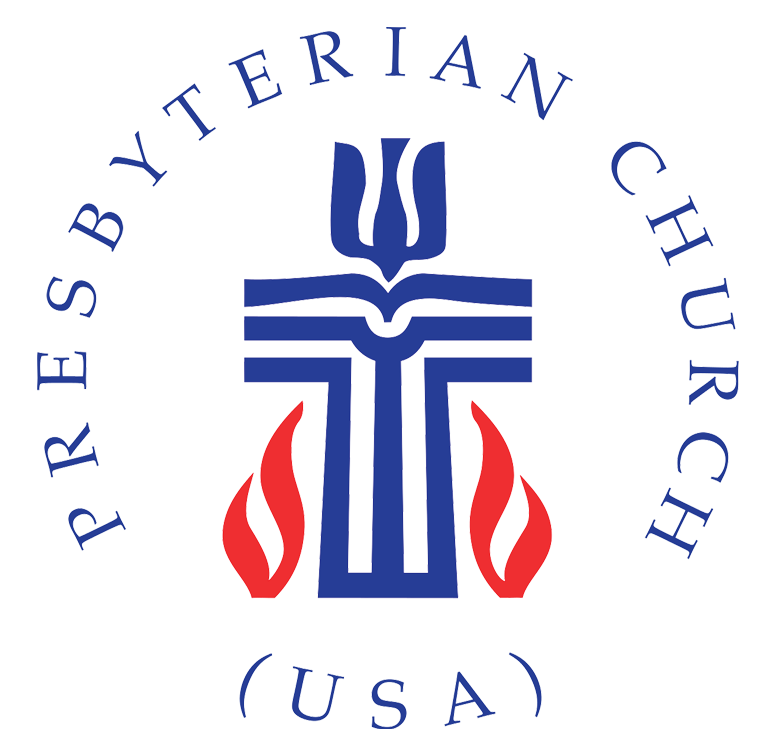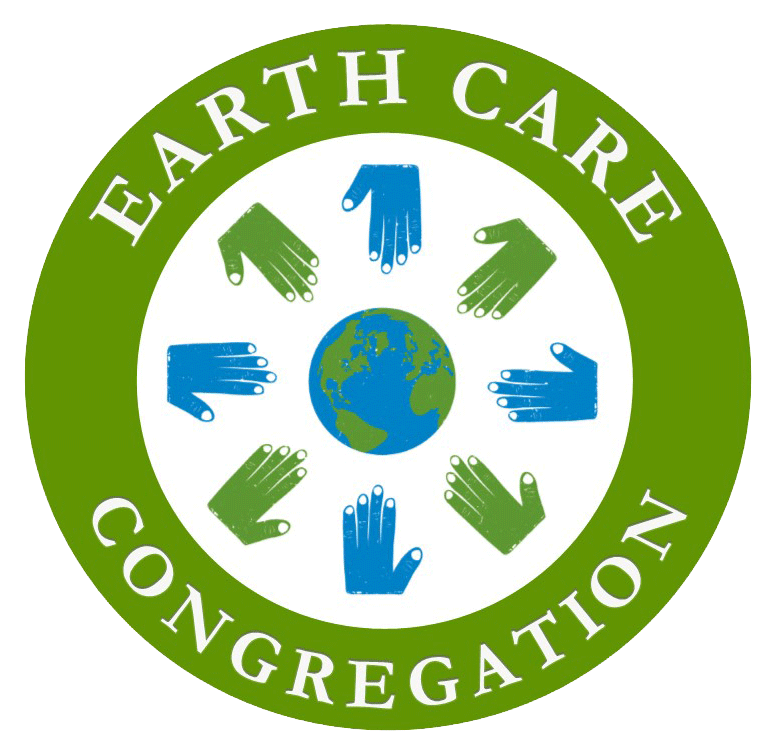Our Church's 300th Anniversary!
Hank Levine of the Bethesda Historical Society passionately shares the tale of BPC's origins, its moves, its metamorphosis over three centuries of time.
Our Church That Named Bethesda: Our Racial Reckoning Continues
Professional cartographer Ron Grim, Ph.D. continues with colorful tales of how members of our church with the biblical healing name glimpsed the world through race-saturated eyes during and after the Civil War.
A Brief Spiritual Biography of Bethesda Presbyterian Church
Bethesda Presbyterian Church, which is celebrating its 300 th anniversary in 2023, is historically recognized as “the church that named Bethesda.” However, today’s ministry does not focus on the past; it welcomes the opportunities presented by the recent urbanization of the community. The current structure has been located in downtown Bethesda for almost 100 years, but the congregation had previously served the southern part of Montgomery County at two other locations for 200 years dating back to the original European settlement of this area during the second quarter of the 18th century.
Historical marker recognizing “the church that named Bethesda.”
Although there is little written documentation, church tradition dates the founding of this Presbyterian gathering as early as 1723. The first services most likely were conducted at family homes by itinerant ministers. The earliest evidence of a church structure is dated 1746, when land for a meeting house was deeded by Edward Offutt. It was known as the Captain (later Cabin) John Meeting House and was located near Cabin John Creek about five miles southwest of Rockville (today the site of Potomac United Methodist Church near the juncture of Falls and River Roads).
Due to population growth and shifts within the southern part of Montgomery County, the congregation relocated to Rockville Pike in 1820 and renamed their new structure the Bethesda Meeting House. That structure, which burned to the ground in 1850, was replaced by a Greek Revival building. It still stands and was most recently occupied by Temple Hill Baptist Church.
As the Civil War approached, church members held opposing political views regarding secession. We are chastened by the fact that over half the congregation’s households identified as enslavers (see PowerPoint presentations, “Our Congregation’s History: A Racial Reckoning, Part 1 and Part 2.
The Rev. Edward Cumpston, who became pastor in 1859, guided the congregation during the Civil War years when Union troops defending Washington, DC, occupied the area. In 1871, at his urging, church members and neighbors persuaded the post office to name its new facility, located near the intersection of Rockville Pike and Old Georgetown Road -- Bethesda Post Office. Thus, the church named the neighborhood, previously known as Darcy’s Store.
In 1875, the congregation called Dr. Peter P. Flurnoy. He served for nearly 40 years, longer than any minister in our history. In 1923 near the end of his tenure, the congregation decided to relocate from this still-rural site, responding to further population shifts and a growing membership.
By 1926, the congregation moved into a new building at its current location on the corner of Clarendon Road and Wilson Lane, adjacent to Bethesda Elementary School. This suburban lot was part of the new Edgemoor subdivision being developed just to the west of the intersection of Old Georgetown Road and Rockville Pike near what was becoming the heart of Bethesda’s commercial center. The establishment of the Battery Park subdivision and an influx of residents associated with the growth of the National Institutes of Health (which began moving to Bethesda in 1938) prompted an increase in church membership to more than 400 by the end of the 1930s.
Cornerstone of Bethesda Presbyterian Church highlighting four important dates in the congregation’s history -- its founding, two relocations, and an expansion of the church building.
Over the next decade, the congregation engaged in several building programs. In 1942 and 1943, the original rectangular structure was enlarged by adding a transept and chancel, while a bell tower replaced the entry portico, giving the church a cruciform footprint and an English Gothic Revival appearance. In 1952, a large educational wing was added at the rear of the structure.
By the early 1960s, church membership rose to more than 1200. During the 1960s and first half of the 1970s, the congregation was served by Dr. Carl R. Pritchett, who was active in the Civil Rights movement, participating in the March on Washington (1963) and the Selma, AL witness (1965). During this time, persons of color became congregational members for the first time. These events plus Dr. Pritchett’s later strong anti-Vietnam War stance led to the departure of hundred members. Following a congregational division in the mid-1980s, membership declined further.
The Bethesda Meeting House, as rebuilt in 1850 after the original 1820 structure was destroyed by fire. It is now the home of Temple Hill Baptist Church.
During the first three centuries of its heritage, the Bethesda Presbyterian congregation witnessed the American Revolution, slavery, fire, the Civil War, segregation, suburbanization, and schism. As it enters its fourth century, the church has re-oriented its mission -- focusing more on urban than suburban concerns. For forty years, it has been home to Bethesda Montessori School and for 10 years the Del Ray Club, meeting place for 40 12-Step groups per week. It also hosts Here2Help, a neighborhood food ministry which was started in response to the Covid-19 pandemic.
Sources Consulted:
Berner, Frederic G., Jr. Old Edgemoor: The Heart of Bethesda. Washington, DC: Politics and Prose, 2019.
“Bethesda Presbyterian Grows Up.” December 7, 2013. Found in the church archives and converted into DVD format. This is a semi-professional promotional piece for the expansion of the worship and educational facilities in the early 1940s. It documents life of Bethesda and the congregation at the beginning of World War II. Accessed March 24, 2020. https://www.youtube.com/watch?v=WOTbKt2vr94
Clark, Eugene and Edythe. The Spirit of Captain John: A History of the Bethesda Presbyterian Church, Montgomery County, Maryland. New York: Carlton Press, Inc., 1970.
Herbers, John N. Deep South Dispatch: Memoir of a Civil Rights Journalist. Jackson: University Press of Mississippi, 2018.
Offutt, William. Bethesda: A Social History of the Area through World War Two. Bethesda: The Innovative Game, 1995.
REG 8/30/2020; revised 4/10/2023 and 4/17/2023.








